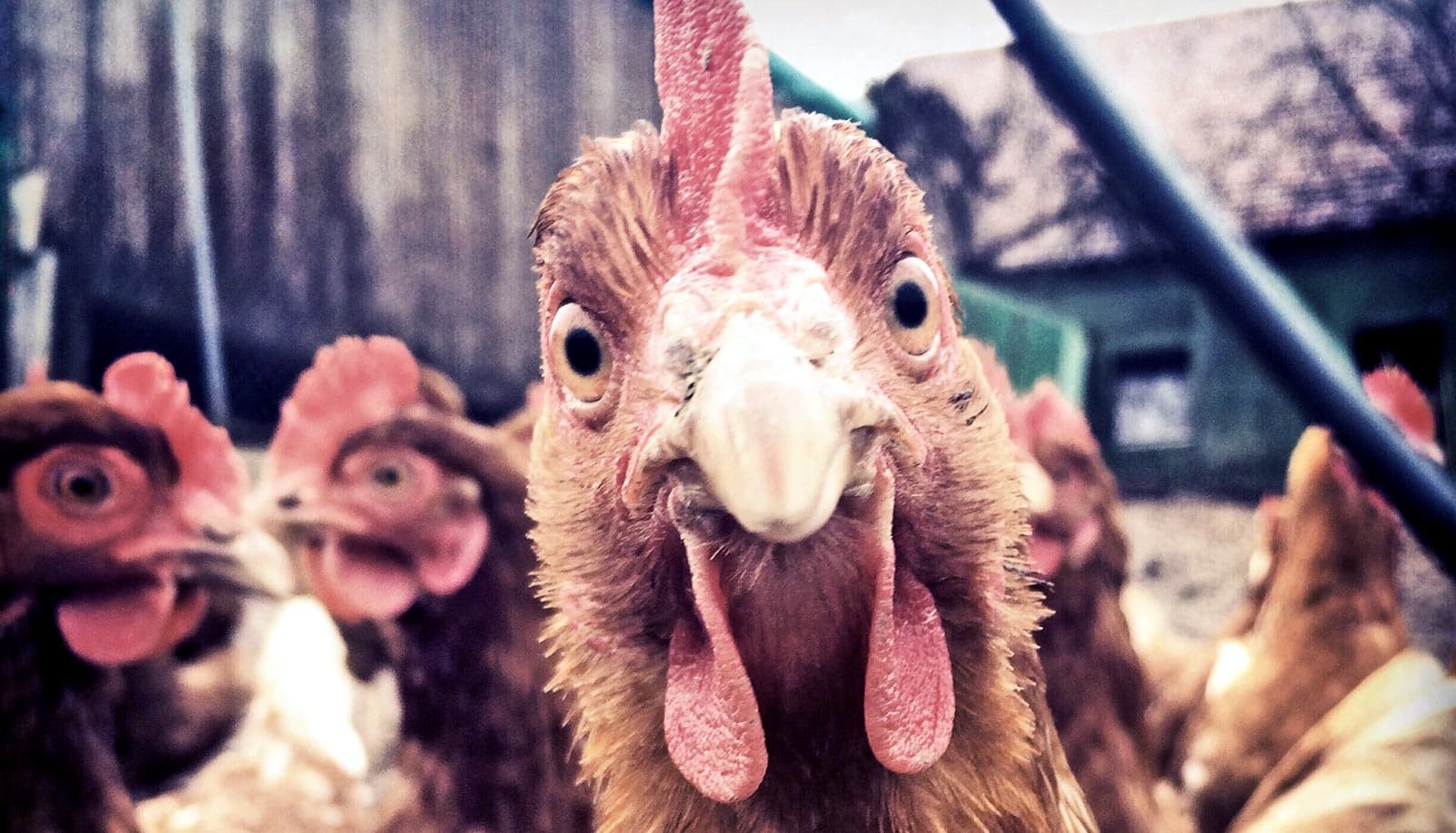Local ordinances aren’t adequately addressing human and animal health when it comes to keeping backyard chickens, and the laws that do exist don’t keep pace with those for commercial growers, a new study suggests.
A growing number of chickens today are roaming or caged on small family farms and in backyards, as suburban and urban poultry gains more popularity. Many people prefer to raise their own food because they think it will be safer, fresher, and more nutritious than that which was commercially raised.
“Ironically, as people seek to take control over the way their food is grown, most ordinances fail to ensure basic health and welfare for birds and humans,” says study author Catherine Brinkley, assistant professor of community and regional development in the College of Agricultural and Environmental Sciences at the University of California, Davis.
More laws that mandate vaccinations, manure management, and general animal welfare in urban and suburban settings similar to policies and regulations imposed on commercial chicken ranches are necessary, she says.
“Provisions governing animal slaughter and routine veterinary care are rare, presenting a concern for monitoring and intervening in public health crises,” the authors write in the Journal of Community Health. “In addition, shelters anticipate higher poultry intakes, particularly as unwanted birds are turned loose to become strays.”
Researchers focused their study on 100 municipalities in Colorado, the only state to compile public data for animal shelter surrenders and other statistics. Compared with three other US cities—Los Angeles, Miami, and New York—Denver had the highest percentage of respondents in favor of allowing backyard poultry, 62.5 percent, and the lowest percentage of respondents who believed urban poultry would lead to more human disease, at 7.4 percent. Almost 42,000 households across the four cities were surveyed.
Almost all the laws governing poultry-keeping in Colorado were passed since 2000. “More poultry ordinances have been passed or modified in Colorado in the last five years than in the previous hundred,” Brinkley says.
How chickens took over the world
The most common guidelines for poultry ordinances pertain to housing design, placement, and the sex of birds—some municipalities ban roosters altogether, some do not, and still others permit one rooster per 12 hens, for example.
But regulations pertaining to cleanliness, ventilation, and food and water requirements are often lacking. Ordinances governing the slaughter of backyard chickens occur in only half of municipalities in Colorado, and many are vague.
Regulations pertaining to the chickens’ health and welfare were rare in the Colorado study, with only 2 percent of municipalities including poultry under animal cruelty and abuse regulations.
Source: UC Davis



